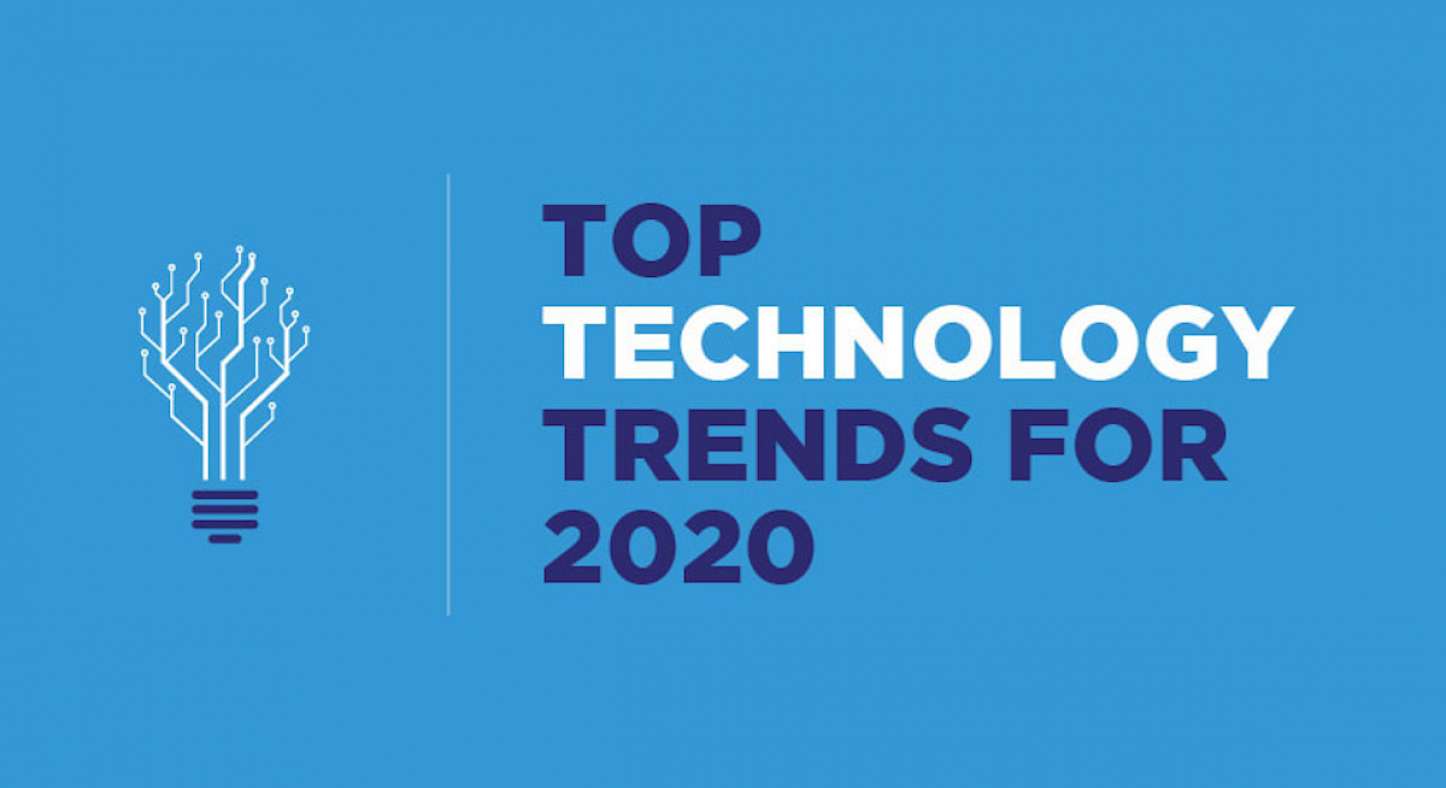6 innovative tech tools your business needs to know about in 2020

Businesses that refuse to adapt to new technology are doomed to fail. A few years ago, a company could get away with only making phone calls and sending faxes. Customers and vendors would sometimes get a kick out of the “quaint” way the business did things. Sticking to old ways of doing things out of habit will hold an enterprise back. Technology has become too integrated into business to ignore.
Smart companies not only adopt new technology but actively seek out emerging technological innovations to give them an edge over competitors. For many entrepreneurs, this becomes a never-ending arms race as each year brings new tech tools they can use to get a leg up on the competition.
Mid-Market Tech
For years, businesses of all sizes watched with bated breath to see what innovations came from giants like Microsoft and Google. And for a good reason. It’s companies like these that have created the marvels that power 21st Century business landscape. Businesses solely relying on these big players is coming to an end.
Smaller and mid-sized technology firms are now offering innovative tech tools and solutions to businesses of all kinds around the world. Examples of this are SaaS, which often provides industry-specific and niche tech tools that don’t fit in with the big picture approach the giant tech companies usually take.
New Ways to Use AI
Artificial intelligence has become a tool many businesses rely on, especially for data analytics. However, it does more than crunch the numbers. AI can add a dynamic and realistic dimension to chatbot interactions and assist with demand generation marketing. Yet, the cost of AI has created a cost barrier for many smaller and mid-sized businesses. That will be changing, in a sense.

Companies are beginning to offer AI-based services using a SaaS model. Companies can utilize the AI for a given task or purpose without having to dedicate an in-house team or allocate a large chunk of resources to it. Companies will often include training in their AI as a service package so clients can get the most out of their investment.
Blockchain Technologies
The first thing most tech-savvy people think of when they hear blockchain is cryptocurrency. Bitcoin may have brought blockchain technology onto the world stage, but from there, it is finding its way into many industries.
Blockchain technologies offer a high degree of security for sensitive data. This has caused growing popularity in places like the healthcare industry, where the most sensitive data needs to be secured. Blockchain is also being utilized to protect intellectual property and confidential financial records.
5G Networks
The next-generation cellular and data network is shaping up to be a significant disruptor, despite the tinfoil hat conspiracies surrounding it. What 5G does is provide more bandwidth for data in a way that is faster, easier, and more secure. The most obvious application is for creating mobile networks and data.
5G networks will also play a significant part in bleeding-edge technologies that are still in development, or otherwise not ready for prime time. 5G networks will provide the electronic infrastructure drones and self-driving vehicles. Not only will it help make these technologies more practical and widespread, but it will also make them more accessible to small businesses.
Prescriptive Analytics
Data analysis has long been a tool for businesses. Done correctly, data analysis can provide useful insights into past trends and current market forces. Data can even be crunched in ways that can accurately predict future trends.
However, the advent of better analytics and predictive tools, along with advances in AI, has begun to push the envelope further. The result is a prescriptive analysis. The prescriptive analysis will not only tell businesses what the future trends are likely to be but also give insights on the best ways to capitalize on them. Or ride out the storm is the trend isn’t a good one.
Automation
One of the biggest misconceptions surrounding automation is that we are only a few short years from robots taking all our jobs. While it is true that some jobs will disappear, all industries are still going to need warm bodies to run things for decades to come. Automation can often increase the efficiency of existing workers, not to replace them.
Automation boils down to one goal – increasing productivity. The best example of this was Henry Ford automating the automobile manufacturing process. Not only did that create a booming industry, but it also produced millions of jobs worldwide as the years went by. Another example is Crown Equipment, a maker of electric forklifts. They increased their workforce from 200 to 335 after purchasing welding robots. For more info check welderscave.